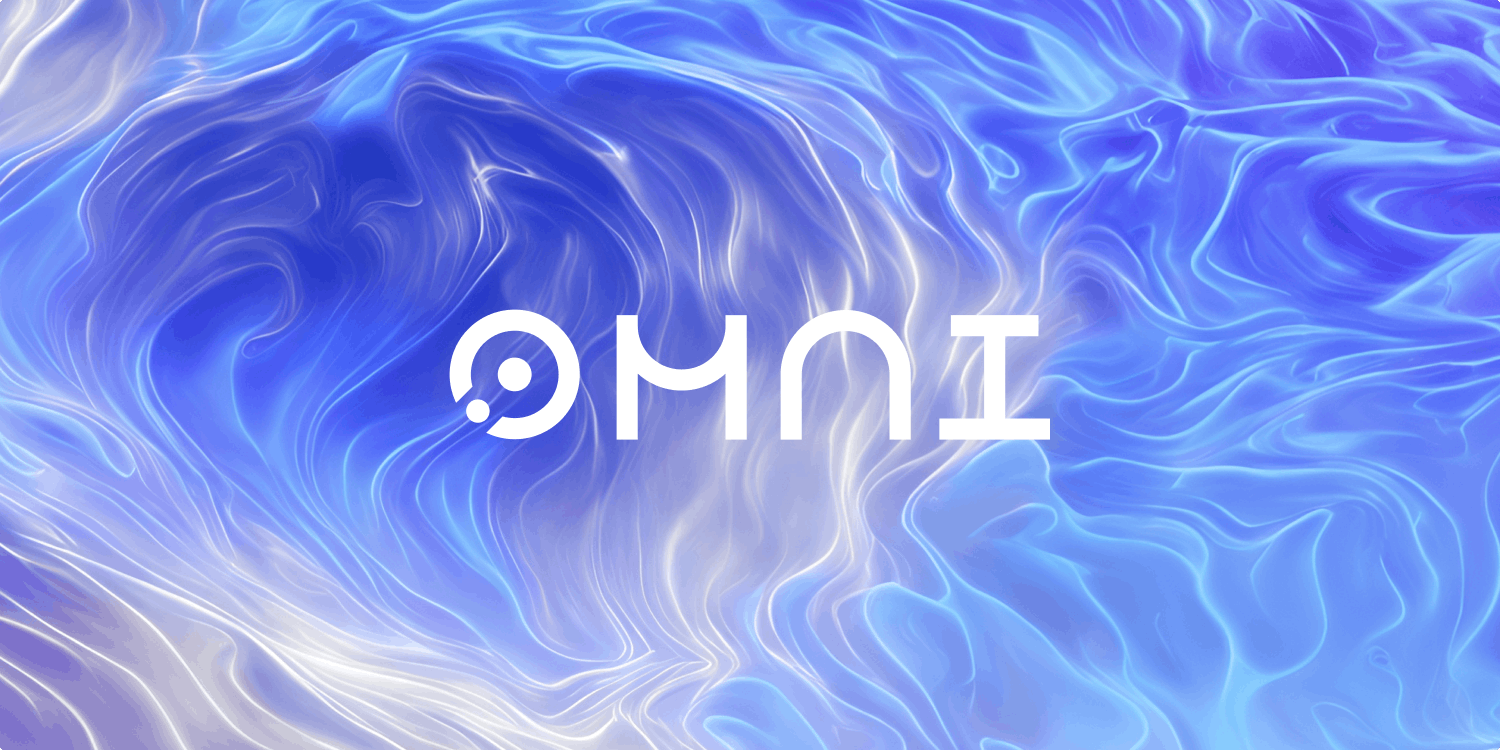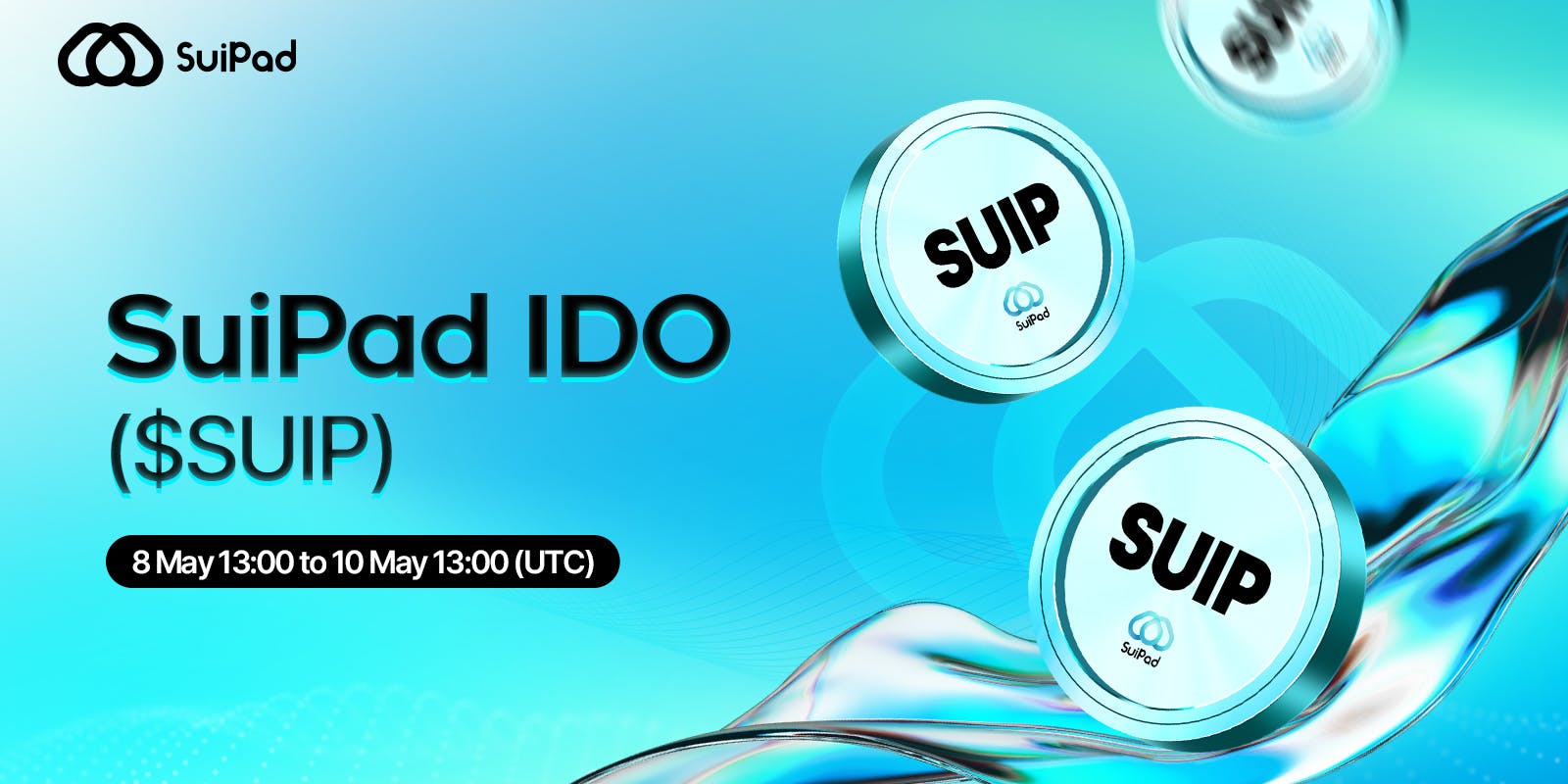
Omni Network: Connecting Rollup, Creating Liquidity in Ethereum Interoperability Infrastructure
As the Ethereum ecosystem continues to develop, expanding transaction throughput and reducing costs on Ethereum Layer1 while maintaining high security has become exceptionally difficult. Over time, various proposals have attempted to address this issue: payment channels, state channels, and Plasma, among others. However, these proposals often sacrifice security to achieve their goals, but it is the emergence of these proposals that has continuously improved the Rollup solution.
Omni Network aims to connect different Rollup solutions by integrating the Ethereum re-staking protocol EigenLayer and Cosmos SDK into a unified platform, aggregating the modular ecosystem of Ethereum, allowing developers to build global applications on all Layer2 of Ethereum, while obtaining security from ETH itself. In this way, it simultaneously takes into account the security of Ethereum, the speed and programmability of Cosmos, enabling developers to access more users and making it easier for users to access new innovative applications.
Features of Omni Network

Currently, the blockchain ecosystem tends to be highly decentralized. As more and more Layer 2 projects are deployed to the mainnet, the liquidity network effect of Ethereum continues to decrease as user funds are isolated in isolated environments. In addition, many Layer 2 projects plan to establish their own Layer 3 ecosystems, further dispersing liquidity and users.
Unlike other cross-chain protocols, Omni Network believes that the Rollup solutions in the current Ethereum Layer2 track have already solved the scalability problem of Ethereum, but the lack of interaction between different Rollups has fragmented liquidity into different L2 networks, not only greatly discounting the user experience, but also making Ethereum more fragmented than ever.
Therefore, Omni Network aims to be the "Ethereum Interoperability Infrastructure", providing interoperability for Rollup networks such as Optimism, Arbitrum, zkSync, and Starkware, becoming the core infrastructure for all Rollup networks and modular applications on Ethereum, achieving a seamless and secure cross-Rollup user experience. In general, it has the following 3 characteristics:
Security: Ethereum Re-staking
Omni Network achieves security from Ethereum itself while meeting interoperability requirements through the Ethereum re-staking (restakers) protocol EigenLayer. Omni Network is composed of validators who run Ethereum nodes and integrated Rollup nodes, re-staking ETH through validators, and proving the state updates of Rollup to promote global interoperability.
Omni Network sets a new standard for cross-modular blockchain security. By utilizing the re-staking mechanism, Omni Network is the first blockchain that can achieve fully customizable functionality while still obtaining security from Ethereum.
Efficiency: Tendermint Consensus
By utilizing the Tendermint PoS consensus, validators of Omni Network can achieve Rollup state consistency faster than Ethereum Layer 1 by an order of magnitude.
Omni Network combines Tendermint with the re-staking architecture of ETH to ensure fast settlement of Rollup. By layering on a programmable/stateful layer compatible with EVM, developers can build applications that access states, transactions, users, and encrypted assets from all Rollups. In this way, Omni Network achieves speed provided by Tendermint while ensuring security.
Functionality: Fully EVM Compatible
In addition, Omni itself is a programmable, stateful platform, allowing developers to build cross-Rollup applications with fast settlement and secure interoperability. Compared to applications deployed on different networks that isolate each other, Omni Network's programmable interoperability will provide economically advantageous cross-Rollup applications through attributes such as multi-Rollup liquidity aggregation.
Omni's execution layer is EVM compatible, implemented by Ethermint (an EVM module) on Cosmos, allowing developers to use their familiar Solidity tools for development. The execution layer includes built-in functions to access states, messages, and applications from integrated Rollups, creating a seamless user and liquidity access experience. By building a programmable interoperability layer, Omni empowers developers to create applications that are globally applicable by reducing the complexity of developer operations.
Project Progress

Omni Network announced the completion of a $18 million financing round on April 26 this year. This round of financing was participated by Pantera Capital, Two Sigma Ventures, Jump Crypto, Hashed, The Spartan Group, and others. Omni Network stated that its core technology partners include the Ethereum re-staking protocol EigenLayer, as well as Ethereum Layer2 scaling networks Arbitrum, Polygon, StarkWare, Scroll, and Linea.
Omni Network will launch the Omni Network public testnet in the third quarter of 2023 and plans to collaborate with major Rollup partners such as Arbitrum, Polygon zkEVM, Scroll, ConsenSys' Linea, and Starkware to launch the first version of the mainnet in 2024.
Prospects for Omni Network Applications

Although Omni Network has not yet launched a testnet, its core infrastructure for seamless and secure cross-Rollup user experience through modular applications has already attracted a lot of attention.
On May 3, Omni Network, Starkware, and the Kakarot team held an AMA to discuss how Omni Network plans to expand Starknet liquidity. Omni Network stated that Starknet applications will be able to leverage Omni Network's interoperability infrastructure to pull more liquidity from the rest of Ethereum into the Starknet ecosystem. This means that developers will be able to offer their applications throughout the entire Ethereum ecosystem without increasing the complexity of the end-user experience, while still maintaining the performance advantages of Cairo.
In addition, there are many future application scenarios for Omni Network, such as:
-
Cross-rollup margin accounts and leveraged trading: Posting margin on one domain and using that margin for trading on a separate domain;
-
Multi-rollup NFT minting factory: Users of NFT projects are no longer limited to a single ecosystem, allowing users to mint NFTs from any domain;
-
Cross-rollup lending: Depositing collateral on one domain and borrowing against that collateral on another domain;
-
Cross-rollup liquidity mining: Omni coordinates all liquidity operations, transferring funds across protocols and domains from one place.
By obtaining security from ETH, Omni Network intends to reconnect the Ethereum ecosystem as a whole, allowing projects on Ethereum to no longer be limited to a single Rollup, but to be able to find users and liquidity throughout the entire Ethereum ecosystem; this approach is highly anticipated for the overall impact on Ethereum.
Follow Us:
veDAO is a decentralized investment platform led by DAO, committed to discovering the most valuable information in the industry, and enthusiastic about exploring the underlying logic and cutting-edge tracks of the digital encryption field, allowing every role within the organization to fulfill its responsibilities and receive rewards.
Website: http://www.vedao.com/
Twitter: https://twitter.com/vedao_official
Facebook: bit.ly/3jmSJwN
Telegram: t.me/veDAO_zh
Discord: https://discord.gg/NEmEyrWfjV



